The Australian Christmas seafood tradition is a culinary cornerstone of the holiday season, blending cultural heritage with modern logistics. As families gather along coastal cities and inland towns alike, the demand for fresh prawns, oysters, lobsters, and fish peaks. Behind this festive abundance lies a meticulously orchestrated cold chain network, ensuring that seafood reaches tables in pristine condition despite soaring temperatures. This unsung infrastructure—a symphony of refrigeration, transportation, and timing—is what makes the Aussie Christmas seafood feast possible.
Australia’s geographic vastness poses unique challenges for seafood distribution. With major fisheries located in remote coastal areas and consumers scattered across urban and rural regions, maintaining an unbroken cold chain is critical. From the moment seafood is harvested, it enters a temperature-controlled journey: boats equipped with onboard refrigeration, processing plants with blast freezers, and refrigerated trucks traversing thousands of kilometers. Even minor deviations in temperature can compromise quality, making real-time monitoring systems indispensable. Suppliers now employ IoT-enabled sensors to track everything from humidity to door-open events, ensuring compliance with Australia’s stringent food safety standards.
The role of ports and airports is often overlooked in this process. Cities like Sydney and Melbourne become hubs for both domestic and international seafood trade during December. Airfreight plays a surprising role—live lobsters from Tasmania or Western Australia are often flown overnight to eastern states, packed in insulated containers with gel packs. Meanwhile, imported delicacies like Norwegian salmon or Canadian snow crabs join local produce, requiring seamless coordination between customs, biosecurity checks, and cold storage facilities. The logistics are further complicated by holiday staffing shortages, pushing companies to pre-position inventory weeks in advance.
Retailers face their own set of pressures. Supermarkets and fishmongers ramp up orders by 300-400% in December, with Christmas Eve being the busiest day. Behind the scenes, back-of-house cold rooms are reconfigured to prioritize high-demand items, while last-mile delivery drivers navigate holiday traffic with chilled compartments. Some boutique suppliers have adopted creative solutions, like "seafood subscription boxes" shipped directly to consumers with dry ice, or pop-up roadside stalls powered by solar-charged refrigeration units in regional areas. The goal is universal: no one wants a "warm prawn" scandal ruining their holiday reputation.
Sustainability concerns are reshaping the cold chain landscape. The carbon footprint of refrigerated transport has led to innovations like solar-powered refrigeration trucks and seaweed-based packaging gels that maintain temperature without plastic waste. Fisheries are increasingly adopting blockchain to prove both freshness and ethical sourcing—consumers can scan a QR code to see when their barramundi was caught, chilled, and transported. This transparency is becoming a selling point, especially for younger generations who prioritize eco-conscious consumption during festive seasons.
Climate change adds another layer of complexity. Rising ambient temperatures and more frequent heatwaves force cold chain operators to recalibrate equipment and add contingency plans. The record-breaking heat during Christmas 2022 caused sporadic refrigeration failures, resulting in emergency seafood reroutes to avoid spoilage. Some companies now use predictive analytics to model weather impacts on delivery routes, while others invest in redundant backup systems at distribution centers. It’s a high-stakes balancing act between energy use, cost, and reliability.
The human element remains irreplaceable. Behind all this technology are teams of workers—truck drivers pulling double shifts, quality inspectors working through the night, retail staff managing frantic last-minute shoppers. Their collective effort bridges the gap between ocean and plate. Unions have negotiated special holiday pay rates for these workers, acknowledging their role in preserving a national tradition. Yet labor shortages persist, prompting some businesses to offer signing bonuses or accommodation subsidies to attract seasonal workers.
Looking ahead, the industry faces both challenges and opportunities. Automation promises greater efficiency with robotic palletizing in warehouses and AI-driven route optimization for deliveries. However, the tactile nature of seafood—the need to check gill color or shell firmness—means some processes resist full mechanization. Meanwhile, changing consumer tastes may shift demand toward alternative seafood products requiring different cold chain parameters. One thing remains certain: as long as Australians celebrate Christmas with seafood feasts, the cold chain will continue evolving to meet the moment, silently ensuring that summer holidays stay deliciously cool.
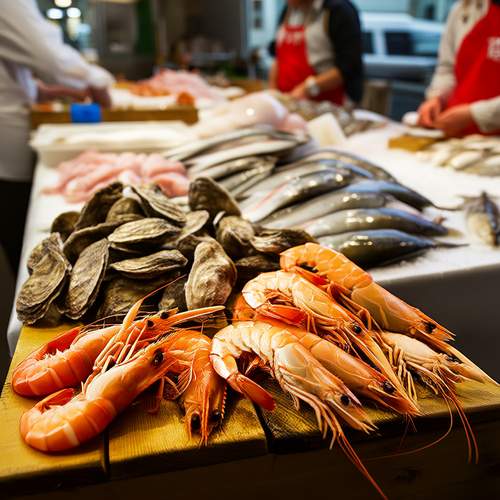
By /May 26, 2025
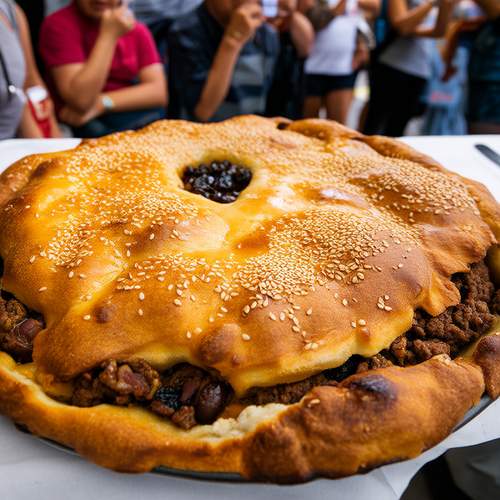
By /May 26, 2025
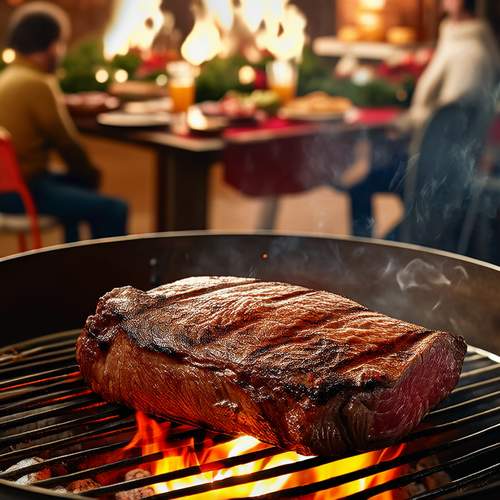
By /May 26, 2025

By /May 26, 2025
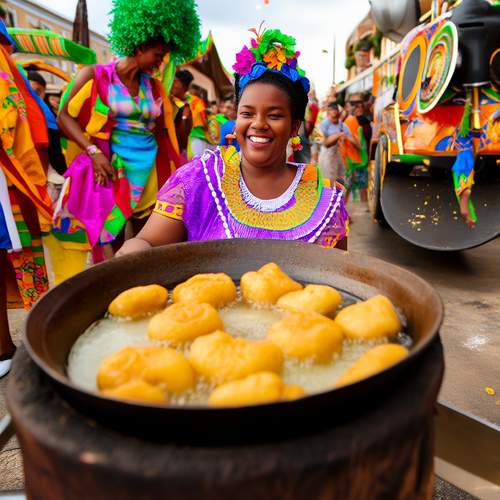
By /May 26, 2025
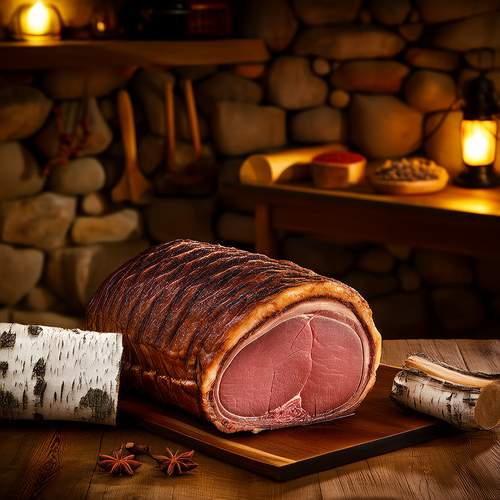
By /May 26, 2025

By /May 26, 2025

By /May 26, 2025
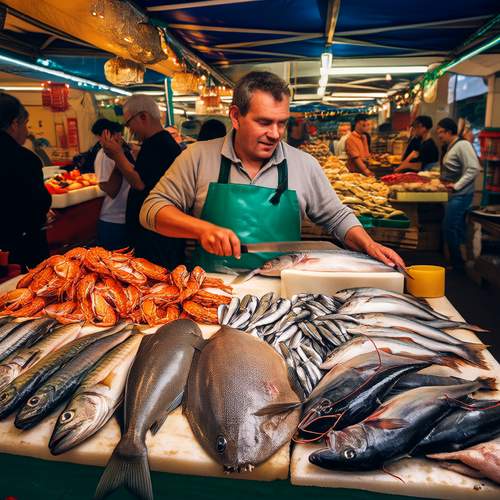
By /May 26, 2025
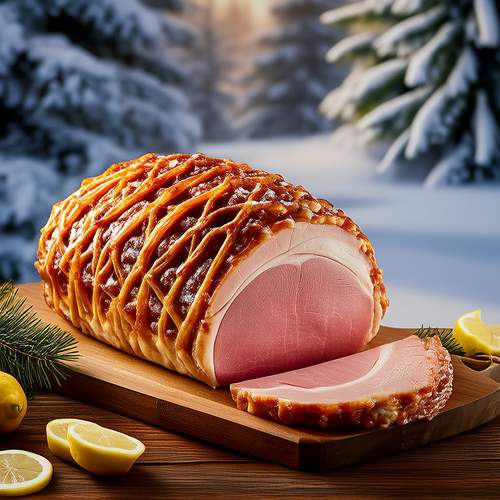
By /May 26, 2025

By /May 26, 2025
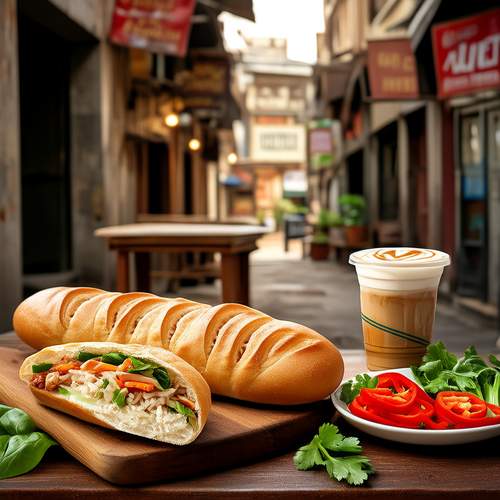
By /May 26, 2025
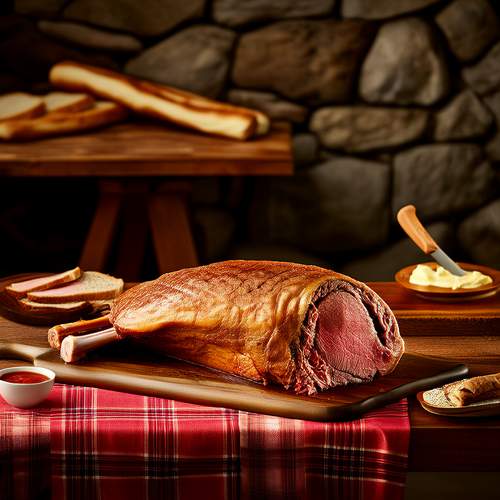
By /May 26, 2025
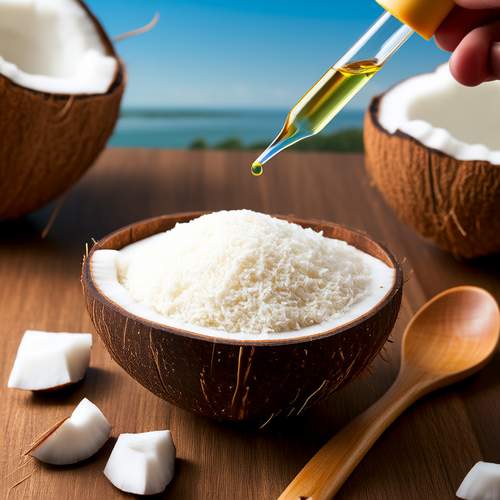
By /May 26, 2025

By /May 26, 2025
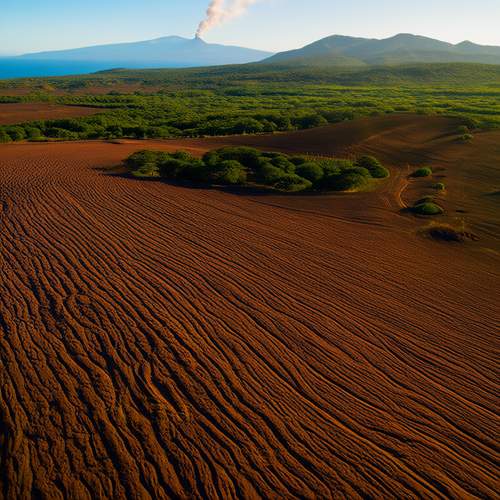
By /May 26, 2025
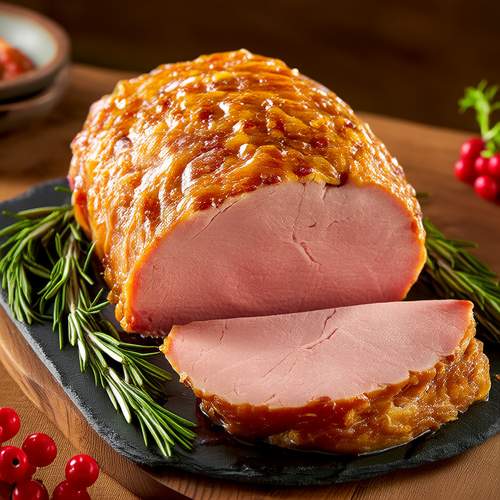
By /May 26, 2025